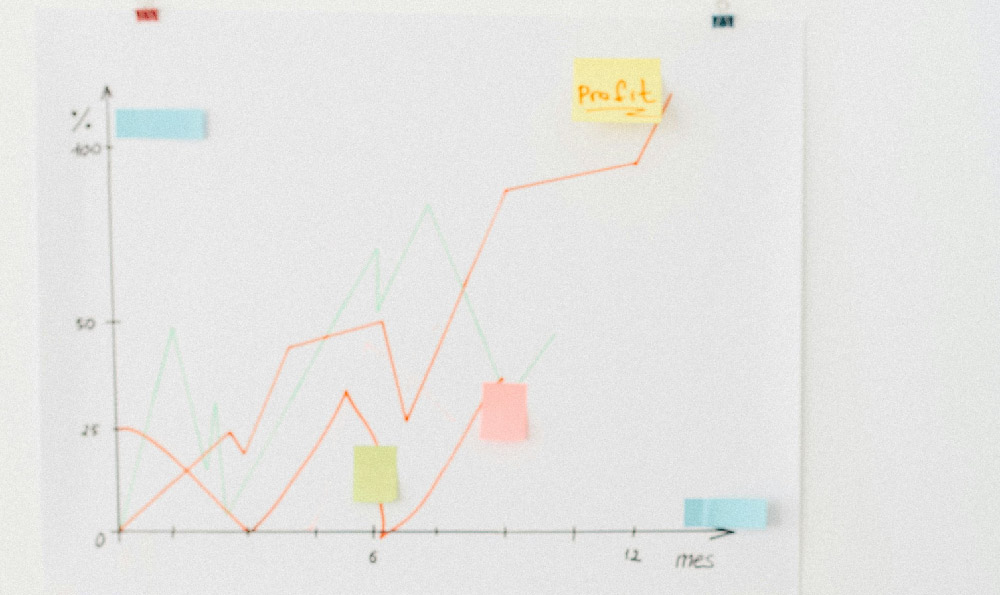How to 3D Print Money? Can 3D Printers Be Profitable?

The allure of "printing money" is almost as old as money itself. While a 3D printer won't magically churn out legal tender, the question of whether 3D printers can be profitable is a valid and increasingly relevant one. The short answer is yes, but the path to profitability requires careful planning, understanding the technology's limitations, and identifying viable market opportunities.
One of the most crucial aspects is understanding the cost structure. While the initial investment in a 3D printer can range from a few hundred dollars for a basic hobbyist model to tens of thousands for industrial-grade machines, the ongoing costs are often overlooked. Filament, resin, or other printing materials constitute a significant recurring expense. Electricity consumption, though not always substantial, adds to the operational costs. Machine maintenance, including replacing nozzles, belts, and other components, is essential for consistent print quality and longevity. Software subscriptions for design and slicing software can also contribute to the overall expense. Therefore, a detailed cost analysis is paramount before embarking on any 3D printing venture.
Beyond the equipment, expertise plays a pivotal role. Operating a 3D printer effectively requires a degree of technical skill. Understanding design principles, material properties, and the intricacies of the printing process is essential for producing high-quality prints. Troubleshooting common issues like warping, layer adhesion problems, and nozzle clogging requires problem-solving abilities. Moreover, mastering 3D modeling software allows for the creation of custom designs, expanding the potential product offerings. While online resources and tutorials can provide a foundation, hands-on experience and potentially formal training are invaluable for maximizing the printer's capabilities.

Having a printer and the skills to operate it are only the first steps. The real key to profitability lies in identifying a market need and providing a valuable solution. Several avenues exist, each with its own set of challenges and opportunities. Custom prototyping is a popular application, catering to engineers, designers, and inventors who need physical models of their designs. The ability to rapidly iterate and test different designs makes 3D printing an invaluable tool in the product development process. Small-batch manufacturing is another promising area, where 3D printing can produce niche products or replacement parts for industries with low production volumes. The cost-effectiveness of 3D printing for small runs makes it an attractive alternative to traditional manufacturing methods. Creating personalized products, such as custom phone cases, figurines, or jewelry, taps into the growing demand for unique and individualized items. The ability to tailor products to specific customer preferences opens up a wide range of possibilities. Finally, offering 3D printing services to individuals and businesses who lack their own equipment or expertise can be a viable revenue stream. This can involve printing existing designs, providing design assistance, or offering consultation services.
Successfully navigating these markets requires a keen understanding of the competitive landscape. Researching existing businesses, identifying gaps in the market, and differentiating your offerings are crucial for gaining a competitive edge. Providing superior quality, faster turnaround times, or more competitive pricing can attract customers. Building a strong online presence through a website and social media can help reach a wider audience. Networking with potential clients and partners can also generate valuable leads.
However, profitability is not guaranteed. Several factors can hinder success. Competition from established businesses with economies of scale can make it difficult to compete on price. The time required to print complex or large objects can limit production capacity and impact profitability. Maintaining consistent print quality can be challenging, especially when dealing with different materials or intricate designs. Intellectual property concerns are also important to consider, especially when printing copyrighted designs. It's essential to respect intellectual property rights and avoid infringing on the rights of others.
Furthermore, scaling a 3D printing business presents its own set of challenges. As demand increases, investing in additional printers, hiring staff, and expanding production facilities may be necessary. Managing inventory, optimizing workflows, and ensuring consistent quality across multiple printers can become more complex. Careful planning and efficient management are essential for sustainable growth.
Ultimately, the profitability of 3D printing hinges on a combination of factors: careful cost management, technical expertise, market identification, competitive differentiation, and efficient operations. While "printing money" in the literal sense remains a fantasy, the potential to generate a profitable income through 3D printing is very real. It requires a strategic approach, a commitment to quality, and a willingness to adapt to the evolving landscape of this rapidly advancing technology. The future of manufacturing is increasingly decentralized and personalized, and 3D printing is poised to play a pivotal role in this transformation, offering opportunities for entrepreneurs and businesses alike to turn creative ideas into tangible profits.















